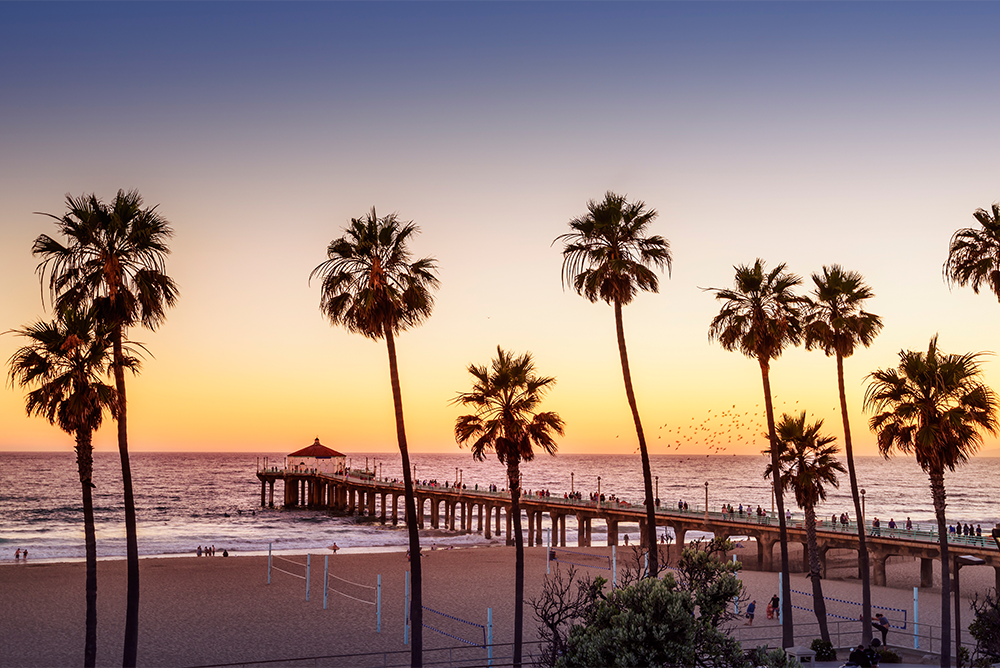Many people already know that seasonal affective disorder (SAD) is a mild form of depression that can occur because of the shorter days during winter and lack of sunlight. Getting less daylight can negatively affect mood, and spending so much time indoors can also add to SAD. But you can also have seasonal affective disorder in the middle of summer. Even before Lana Del Ray crooned about “Summertime Sadness,” people have been suffering from this malady all year round. Could you be experiencing summertime SAD?
What Is Seasonal Affective Disorder?
Seasonal Affective Disorder is usually triggered by shorter days and less daylight in the winter due to less sunlight and naturally occurring vitamin D in our system. It usually starts late in the fall or early in the winter and lasts until spring. Particularly right now, with COVID-19 precautions in place, the sun may be shining, but many people are still staying indoors and aren’t able to reap the benefits of the warmer weather and longer days.
According to the National Institute of Mental Health (NIMH), the guidelines set for diagnosing SAD indicate that the depression must occur at the same time of the year for at least two years. So you can’t have a winter episode and then a summer one or vice versa–it has to be at the same time of the year for an official diagnosis of SAD.
SAD can happen any time, but much like depression, it tends to be an episodic illness. While SAD usually affects most people in the winter months, a 2018 article in Time titled “Seasonal Depression Doesn’t Just Happen in the Winter. Here’s What to Know About Summertime Sadness” states that, although much more rare, about 1% of the US population experiences summer.
Other Reasons for Summer Depression
When SAD hits during the summer, several factors may be the cause. You would presume that longer daylight patterns would make people feel better, but the long hours of summer and their impact on schedules and sleep can have the opposite effect. Some people feel this effect more prominently, such as teachers. The structure in their schedule is gone during the summer months. Certain jobs may become more intense in summer or less so, depending on their “busy” season.
We often think of vacations as a chance to relax and get away from all of our stress. But sometimes, planning and taking a vacation–and the work we know is piling up on her desk at home–can create more stress and can trigger a depressive episode. You also have a change in your schedule where kids are at home instead of in school. That’s not to say that someone doesn’t love their kids, but as we found out all too well in the last year, having kids around all day places a lot of extra stress on us and our home life.
Another thing we associate with summer is fun social events such as outdoor parties and barbecues. Alcohol is typically served at these gatherings, and with increased drinking can come increased depression. After all, alcohol is a depressant.
Setting Expectations Too High
SAD in the summer can simply come from setting your expectations too high. Maybe you thought that this year, you’re going to have the perfect family vacation or you’re going to go to that tropical destination you’ve always dreamed of. Then COVID-19 derails your plans. Or you lose your job because of the economy, and your plans suddenly take a backseat. The disappointment for you and your family can be hard to take.
Maybe you just want to stay at home but do many activities you love during the summer months or take some time off and relax. Once again, you may get sidetracked on something you’ve wanted to do, or your plans suddenly change, and you can’t do everything you planned. Even if an activity is supposed to be relaxing, we often put a lot of pressure on ourselves to get things done.
What Are the Symptoms of Summer SAD?
The symptoms are very similar to wintertime SAD but beware of insomnia or trouble sleeping, isolating yourself from social activities, anxiety, a lack of motivation, and unintended weight loss or appetite loss. As always, we want immediate intervention when feelings of depression or guilt lead to suicidal ideation.
Summertime SAD is primarily treated just like any other type of depression. You may have to do therapy, specifically cognitive behavioral therapy, and you may need medications to get you through. Exercise in the warm weather can also help alleviate some symptoms of depression. Finding the right therapist can be challenging at any time, but especially while there are COVID-19 restrictions in place. However, many services are available online, so you can find a therapist or get prescriptions without leaving home.
Seasonal affective disorder (SAD) usually occurs in the winter months but can happen at any time of the year, even in the summer. There are many reasons you may suffer depression during the summer months, but you don’t have to suffer through your depression alone. At Everlast Recovery Centers, we help people with mental health issues as well as substance use disorders. Our Riverside, California, facility offers traditional therapy and detoxification, as well as alternative therapies such as equine therapy, hiking in nature, and yoga. We also serve healthy, home-cooked meals in a comfortable environment. When you complete our program, we offer aftercare services to ensure your emotional support beyond your stay and get you back on track to a healthy and happy lifestyle. Get the help you need today here at our beautiful facility. We can help you overcome depression and live the healthy life you have been looking for. Call us today at (866) 338-6925 to get help.





